Circular 04: Vietnam’s regulations on disposal of diseased aquatic animals
This is a notable content of Circular No. 04/2016/TT-BNNPTNT of the Ministry of Agriculture and Rural Development of Vietnam on prevention and control of aquatic animal diseases, effective from July 01, 2016.
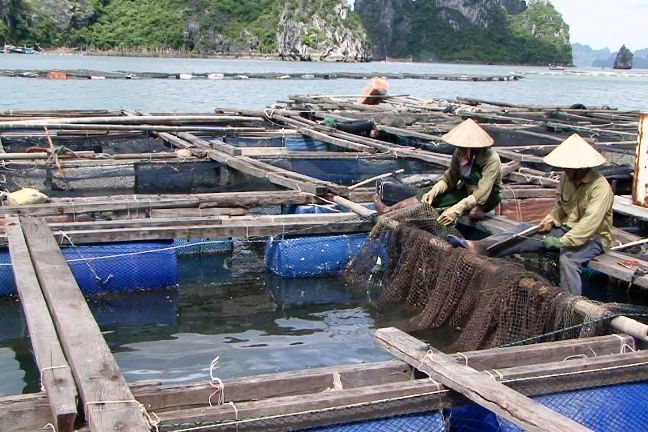
Specifically, according to Article 18 of Circular No. 04/2016/TT-BNNPTNT of the Ministry of Agriculture and Rural Development of Vietnam, the sequence of disposal of diseased aquatic animals is prescribed as follows:
- The Veterinary Department shall report to the Department of Agriculture and Rural Development and submit a written request to the Chairman of the district People's Committee to issue a decision on disposal and establish a disposal team.
- The disposal team includes representatives from the Veterinary Station, the district-level aquaculture department, the commune People's Committee, and the farm owner with diseased aquatic animals to be disposed of.
- Within 24 hours of the decision being issued, the disposal team is responsible for implementing the following: isolating the affected area as defined in the disposal decision, documenting the process, and obtaining confirmation from the farm owner with the diseased aquatic animals to be disposed of.
The chemicals used for disposal and disinfection are sourced from the National Reserve Fund, local reserve funds, or from the farm owner's own supplies or chemicals with equivalent functions listed in the List of Veterinary Drug used in veterinary medicine and aquaculture that are allowed to be circulated in Vietnam.
The expenses for disposing of diseased aquatic animals and disinfecting affected ponds are covered by the local budget as regulated by the local authorities.
Moreover, Circular No. 04/2016/TT-BNNPTNT also the disinfection after harvesting, disposal of disease outbreaks as follows:
- The farm owner shall:
+ Disinfect the water in tanks, ponds, and reservoirs; disinfect tools, equipment, cages, and nets; treat the pond bottom, eliminate arthropods and intermediate disease vectors using approved chemicals after harvesting or disposing of aquatic animals, ensuring the eradication of pathogens, minimal residual chemicals, and environmental sanitation.
+ Notify neighboring farms that share the same water supply and drainage system to implement disease prevention measures and prevent the spread of outbreaks.
- Individuals involved in the process of handling and disposing of aquatic animals must practice personal hygiene to eradicate pathogens and prevent the spread of disease to the environment and other farming establishments.
View more details at Circular No. 04/2016/TT-BNNPTNT of the Ministry of Agriculture and Rural Development of Vietnam, effective from July 01, 2016.
Ty Na
- Key word:
- Circular No. 04/2016/TT-BNNPTNT
- Number of deputy directors of departments in Vietnam in accordance with Decree 45/2025/ND-CP
- Cases ineligible for pardon in Vietnam in 2025
- Decree 50/2025 amending Decree 151/2017 on the management of public assets in Vietnam
- Circular 07/2025 amending Circular 02/2022 on the Law on Environmental Protection in Vietnam
- Adjustment to the organizational structure of the Ministry of Health of Vietnam: Certain agencies are no longer listed in the organizational structure
- Vietnam aims to welcome 22-23 million international tourists in Vietnam in 2025
-
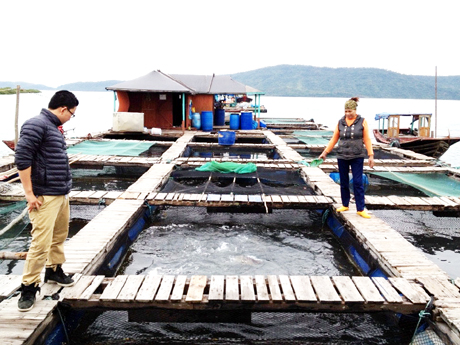
- Vietnam: Responsibilities of the Veterinary Department ...
- 16:50, 16/05/2016
-

- Vietnam: Responsibilities of the Veterinary Sub ...
- 16:45, 16/05/2016
-
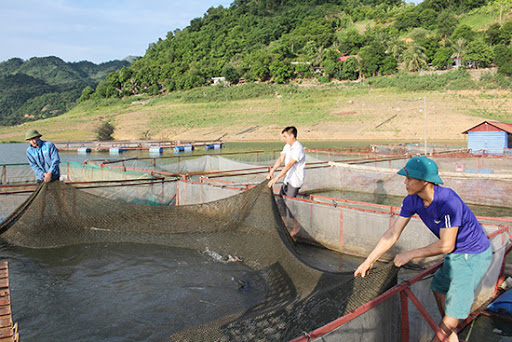
- Circular 04: Vietnam’s regulations on treatment ...
- 16:27, 16/05/2016
-
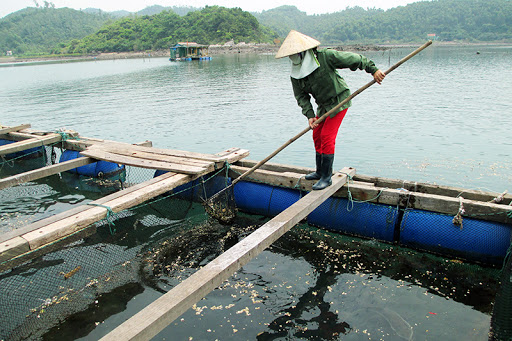
- Vietnam: Requirements for harvesting aquatic animals ...
- 16:18, 16/05/2016
-
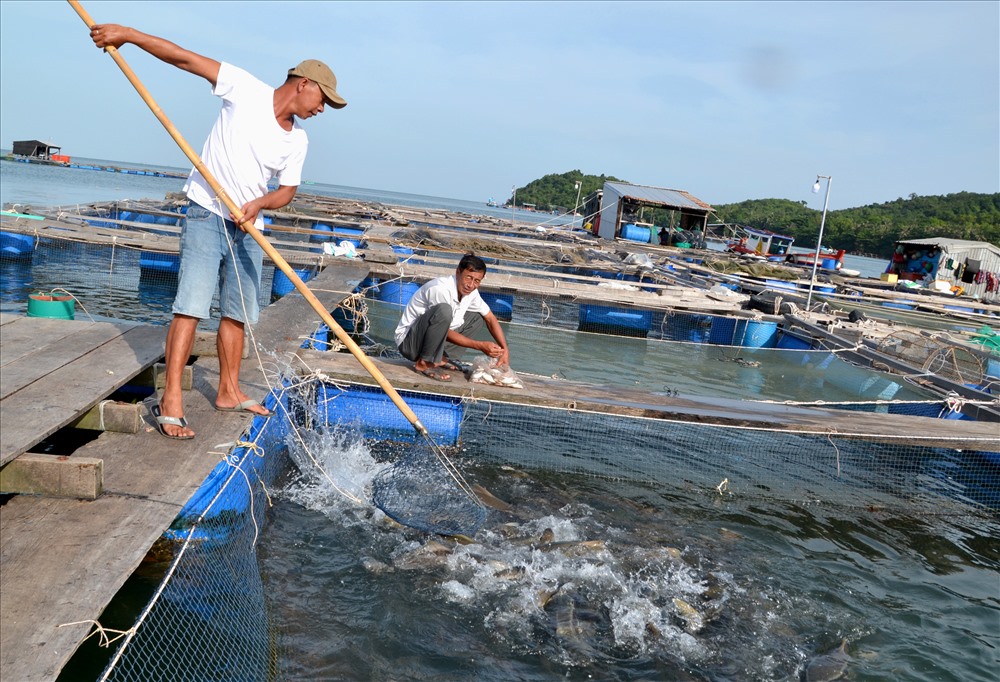
- Content of information dissemination, communication ...
- 16:09, 16/05/2016
-

- Notable new policies of Vietnam effective as of ...
- 16:26, 11/04/2025
-
.Medium.png)
- Notable documents of Vietnam in the previous week ...
- 16:21, 11/04/2025
-
.Medium.png)
- Notable documents of Vietnam in the previous week ...
- 16:11, 02/04/2025
-
.Medium.png)
- Notable new policies of Vietnam to be effective ...
- 16:04, 02/04/2025
-
.Medium.png)
- Notable new policies of Vietnam effective from ...
- 14:51, 21/03/2025
 Article table of contents
Article table of contents
